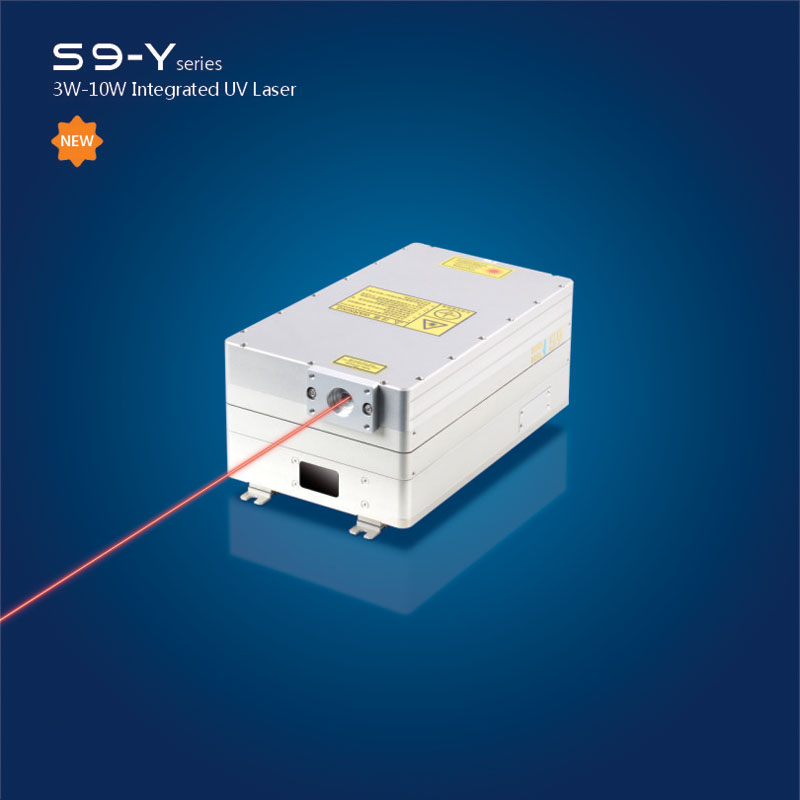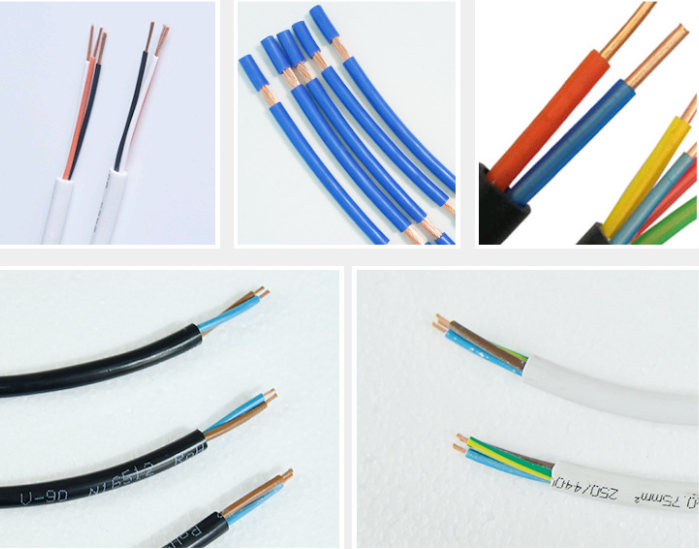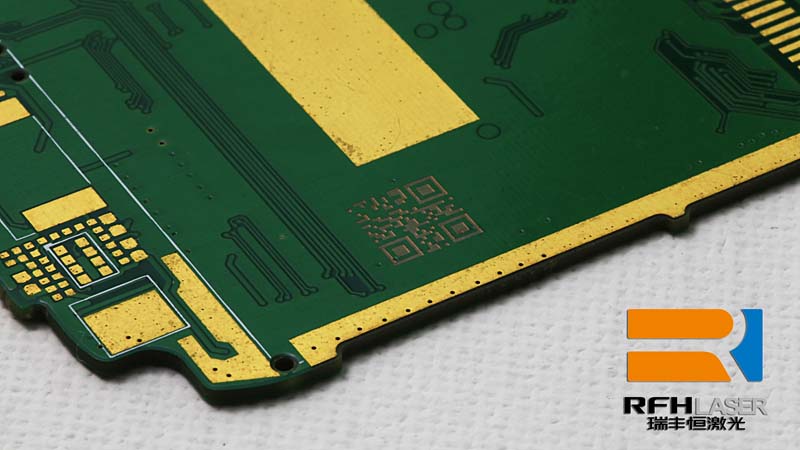
Selektive Materialentfernung durch Hochleistungs-355-nm-DPSS-gepulste Nanosekunden-UV-Laser
Jan 06 , 2023Selective Material Removal by high power 355nm DPSS Pulsed Nanosecond uv Lasers
Within the microelectronic, medical device, automotive and aerospace industries, definition of conductor paths or removal of insulation are common requirements. Thin coatings of materials; typically polymers, are used to provide electrical insulation, biocompatibility or harsh environment protection for advanced technology devices. These protective materials usually adhere and conform to the 3-dimensional parts they are protecting, and the typical application techniques provide very little opportunity to leave areas of the part un-coated. Historically, the most common approach to removing areas of coating has been to apply a physical mask in the form of a tape or film prior to coating, or to define the shape perimeter with a blade and then peel off the coating as a post-processing step. More recently, laser systems offering fast, efficient and highly precise alternative methods that produce high part quality have become available.
Similarly, thin coatings of conducting materials, typically gold, alloys and ITO are used to provide electrical connections. Selective removal of these films to provide electrical isolation, or to define a particular circuit
path is a common manufacturing process. Laser systems are not only a fast and efficient production technique, they offer the flexibility to modify pattern shape and circuit design by a simple change to the processing program, eliminating the need for slow and costly changes to mask and tool sets.
In both applications, avoiding any damage to the underlying substrate as the top material is removed is a critical requirement. Because materials behave differently with various laser parameters (wavelength, pulse energy, pulse duration, fluence, repetition rate etc.), careful selection of laser type and operating conditions is required.
Application Labs verfügt über ein hervorragendes Team von Ph.D. Materialwissenschaftler, die sich der Optimierung dieser Prozesse verschrieben haben.
UV-Ablations- und vollautomatische Polymerfilmschneider-Produktionssysteme für hohe Stückzahlen sind ideale Mikrobearbeitungsarbeitsplätze für die selektive Materialentfernung.
Drahtabisolierpolymer vom Drahtkern
Eine Niedrigenergie- UV-Laserquelle wird verwendet, um Beschichtungen selektiv von Schüttgut abzutragen. In Situationen, in denen die Beschichtung bei einer geringeren Energiedichte abgetragen wird als das Grundmaterial, wird eine Beschädigung des Schüttguts vermieden. Die typische Teileausrichtung ist besser als 5 µm, was eine hochpräzise Entfernung des Nachlaufens ermöglicht.

Parylene-Entfernung für Leiterplatten
Parylene und andere konforme Beschichtungen lassen sich leicht von elektronischen Leiterplatten und anderen Komponenten entfernen, ohne empfindliche Drahtbondpads oder Teilemerkmale zu beschädigen. Die Ausrichtung ist besser als 5 µm, mit manueller Beschickung und vollautomatischen Betriebsoptionen verfügbar.

CdTe-Entfernung aus Glas-Solarmodul
Der selektive Materialabtrag in Kombination mit der Laser-Lift-Off-Prozesstechnologie ermöglicht das Entfernen einzelner Schichten von mehrschichtigen Strukturen, wie z. B. CdTe-Dünnschichten von Glas-/ITO-Substrat-Solarmodulen.
Präzise Ritzausrichtung auf <20 µm

Musterung von Gold auf PET
Hochwertige Laser-Direktstrukturierung des Isolationspfads in 50 nm dickem Goldleiter auf PET-Substrat. Impulslänge und Energiedichte optimiert, um eine Metallentfernung ohne Beschädigung des darunter liegenden Polymers zu erreichen

Metallmusterfolie auf Glas
Strukturierung von Dünnschichten durch direkten Material-UV-Abtrag.
Minimale Merkmalsgrößen typischerweise 10 Mikrometer.
Abbildung zeigt lasergemustertes Gold auf Glas.

Was ist ein 355-nm-UV-Laser: https://www.rfhtech.com/expert-iii-355-high-power-uv-laser_c7
